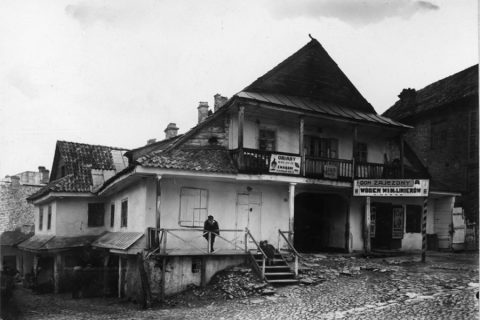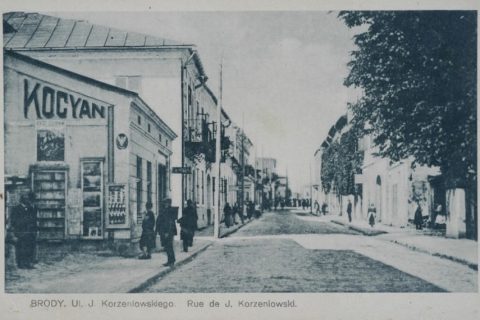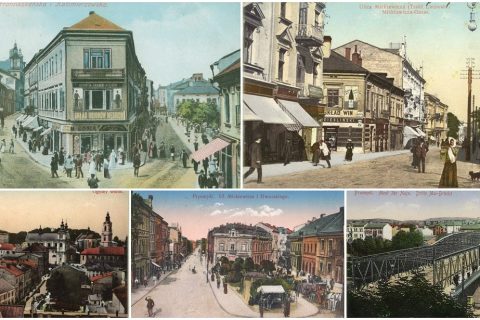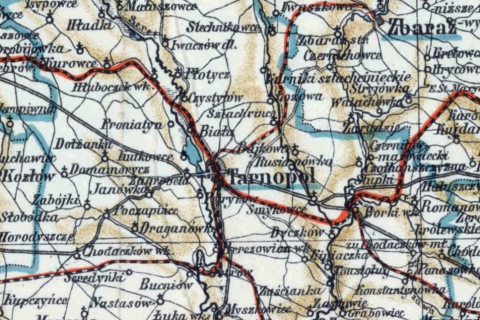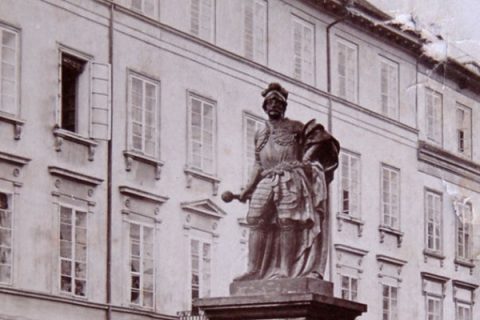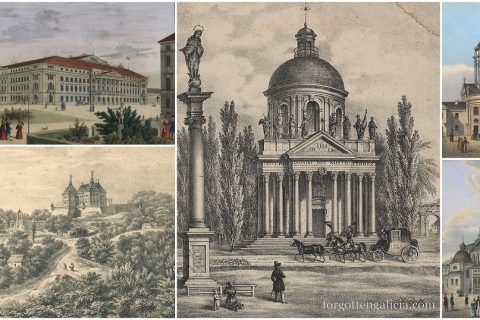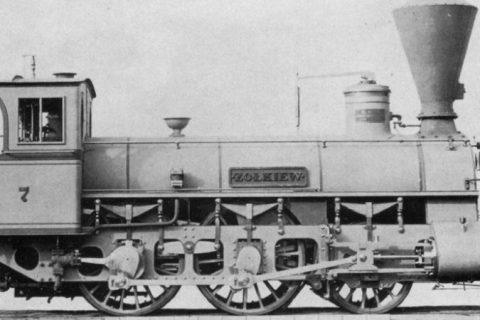The Ukrainian Girls’ Institute in Peremyshl
After coming under Austrian rule, Peremyshl (Przemyśl) became a major Ukrainian political, cultural, religious, and education center. By the 1880s the city had become the second-largest center (after Lviv) for Ukrainian secondary education in Galicia. It was home to a number of vocational, elementary, and boarding schools as well as […]
Read More

